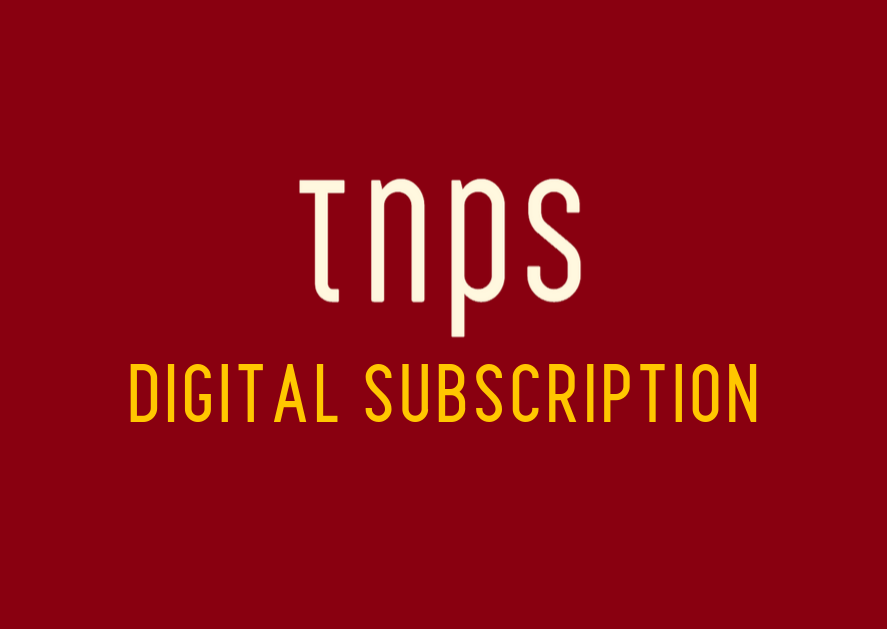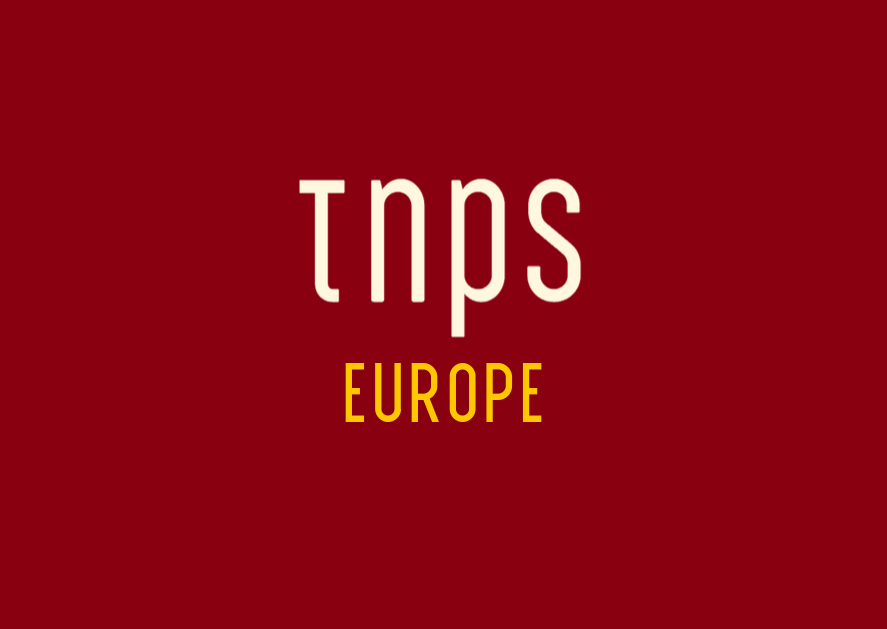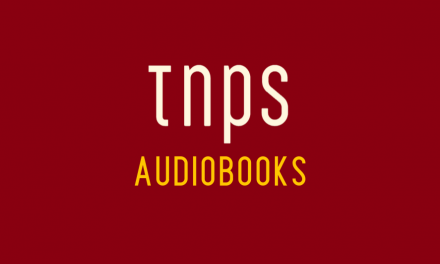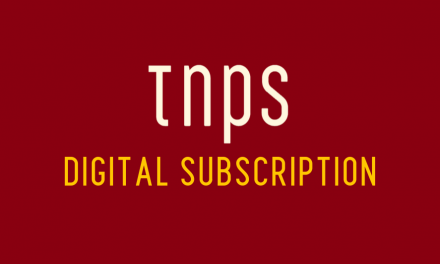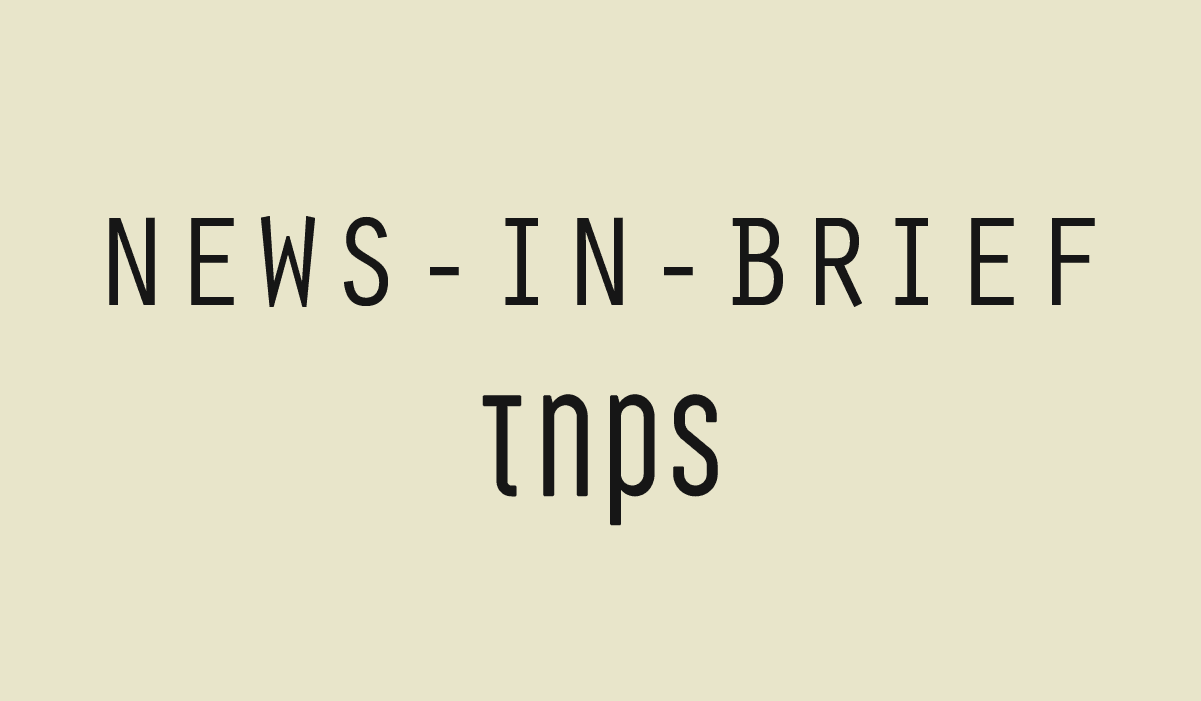The reality is that while the unlimited subscriber will of course consume more, the service becomes attractive to a far larger audience than the retail model, meaning more paying subscribers and more consumption paying out by the hour for the publisher, while largely not cannibalising ebooks or print.
Storytel Norway is the only one of the 21 Storytel markets where it still pays a fixed rate per download to publishers, rather than compensating by the minute consumed. The reason being Norway’s fixed price book law.
Norwegian newspaper Klassekampen, per a report in the Norwegian publishing journal Bok365, claims to have seen an internal memo between Norwegian publisher Gyldendal and Storytel NO which asserted,
Storytel will switch to a time-based royalty model, where the author receives NOK 1.25 ($0.14) per hour played.
Storytel NO currently pays a minimum of NOK 10 ($1.13) per unit played after 20% consumption, and told Bok365:
We operate in the Norwegian market according to the agreements that apply here, and have not changed to time-based royalty settlement (adding that) Storytel Norway has been through a somewhat challenging third quarter.
A challenging third quarter, when elsewhere Storytel appears to be thriving amid the pandemic? That would appear to be directly related to the fixed-rate payout. Per Bok365:
Short books that are listened to by an increasing number of subscribers become bad business and cannibalise the earnings of longer audio books.
This of course exactly the imbalance the by-the-hour compensation was intended to remedy.
Havik happily admits he would prefer Storytel NO have the same payments system as the rest of the Storytel empire, but said Storytel NO would observe the local law. He explained to Bok365 that the Klassekampen story arose from a specific incident where a Norwegian publisher offered a dozen short children’s stories, which are a classic problem for the fixed rate unlimited subscription model where an audiobook of perhaps thirty minutes duration will be paid the same as one of twenty hours, leaving the subscription service in the red. So a one-off alternative solution was discussed, but never became reality.
Bok365 offered an example accounting scenario:
As a subscriber to the subscription service consumers pay a monthly amount of typically 179 kroner for an account. With the subscription the consumer gets access to many thousands of audiobooks and ebooks. For the sake of simplicity, we count 100,000 customers, which gives almost 18 million in income per month and 215 million kroner for the year as a whole. Of the gross turnover, the subscription service probably calculates approximately 40 per cent for itself. This for administration, settlements and expensive marketing, as well as – hopefully – something for future investments and profits.
The pot that will go back to the original rights holders, publishers and authors, will thus be about 130 million kroner.
It is difficult to get figures for Norwegian listening, but we assume that it is generally approaching the Swedish subscription market. On average, it takes nine hours to listen to an audiobook. The average daily listening time in Sweden is 1.2 hours, which gives a monthly average of 36 hours – ie four books a month.
If we calculate the same consumption for Norway, four books will share around 60 percent of the 179 kroner you have paid in, in other words a little over 25 kroner per book. Of this, Norwegian authors – at least those who are members of the Writers’ Association – must have a minimum of 10 kroner (40 percent). In that case, there will be 15 kroner left for the publisher.
Bok365 further offered some insights into the production costs of an audiobook in Norway, citing an average price of NOK 40,000 ($4,500), with additional costs for translations if the book is an import. Bok365 decides on NOK 50,000 ($5,600) as a better average given many titles will be imports and concludes a book must be listened to 3,300 times for the publisher to break even.
One might argue here that the fixed rate retail model offers the better chance to break even than the hourly rate subscription, but what needs to be taken into account when comparing retail downloads against all-you-can-eat subscription is how much more often the book might be listened to if part of an unlimited package, where unit price friction is not an issue.
The retail die-hards will argue Consumer A will buy two audiobooks a month at $20 each and Consumer B will pay only $15 for a subscription service where they can consume three audiobooks, so the publisher loses out.
But the reality is that while the unlimited subscriber will of course consume more, the service becomes attractive to a far larger audience than the retail model, meaning more paying subscribers and more consumption paying out by the hour for the publisher, while largely not cannibalising ebooks or print.
As we see in Sweden, audiobooks may now be around half of all book consumption, and digital generally around 60%, but mostly publishers are happy and, until the impact of the pandemic changed the dynamic, booksellers were not complaining too loudly either.

